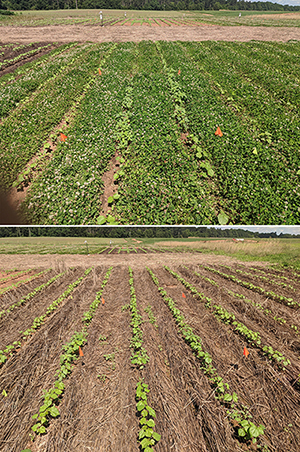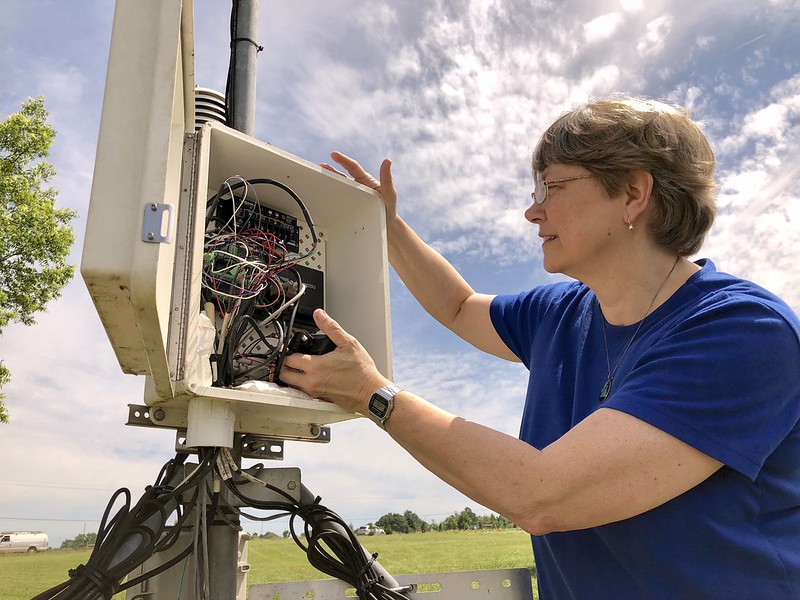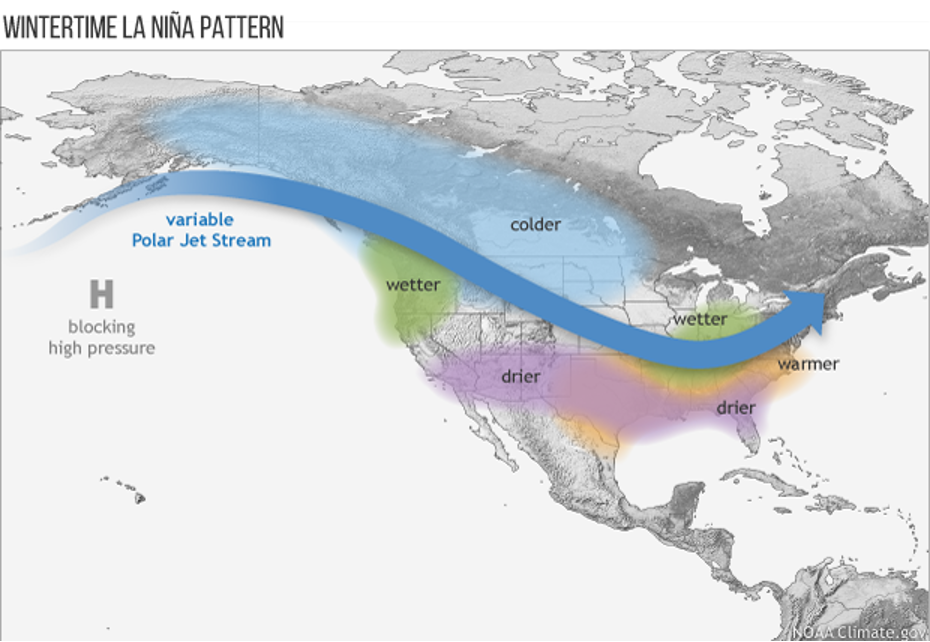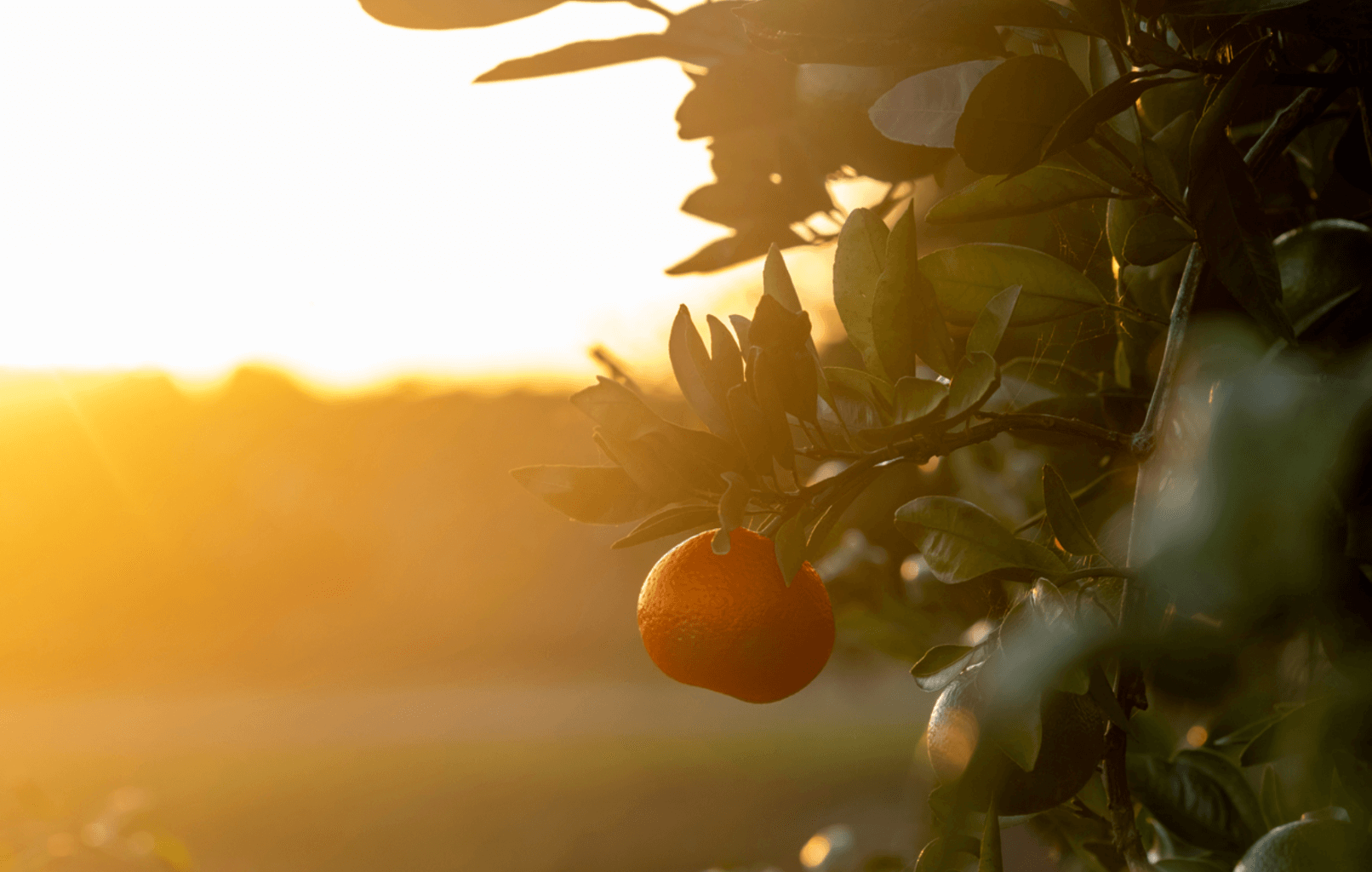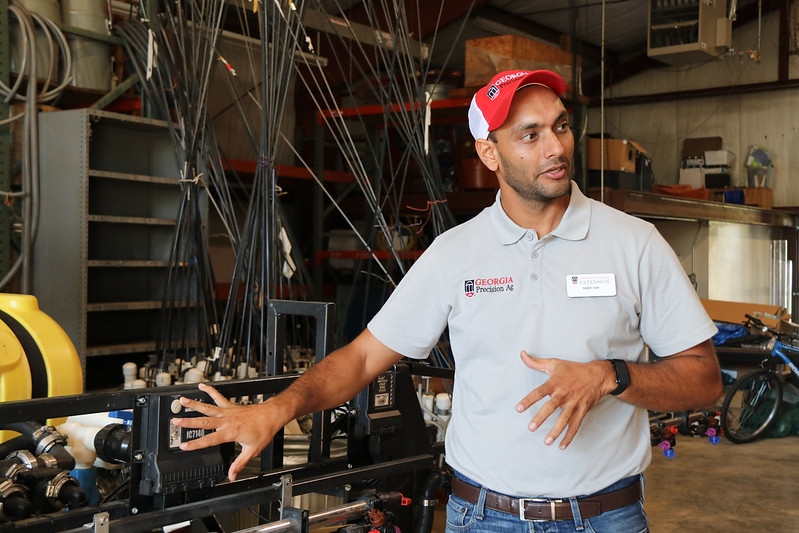 CAES News
CAES News
Precision Agriculture Workshops
Registration is open through March 18 for the upcoming Utilizing Precision Ag Technology Workshop being presented by the University of Georgia College of Agricultural and Environmental Sciences and UGA Cooperative Extension on March 29 and 31.

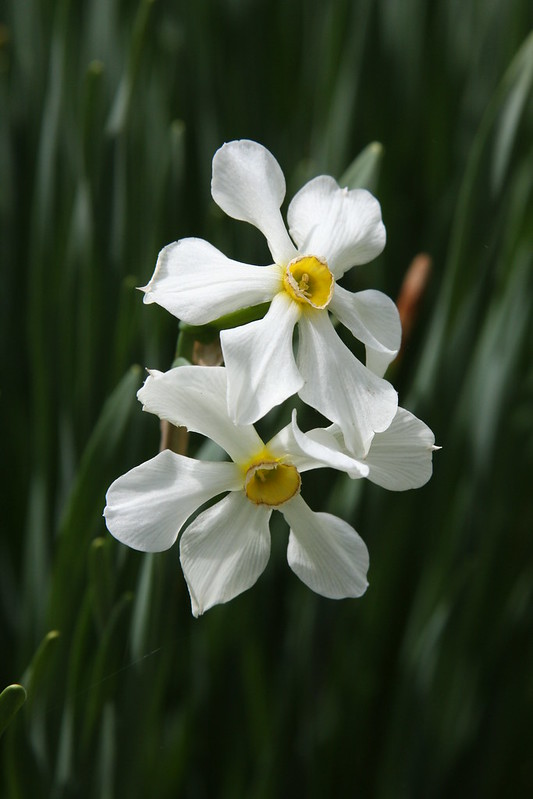
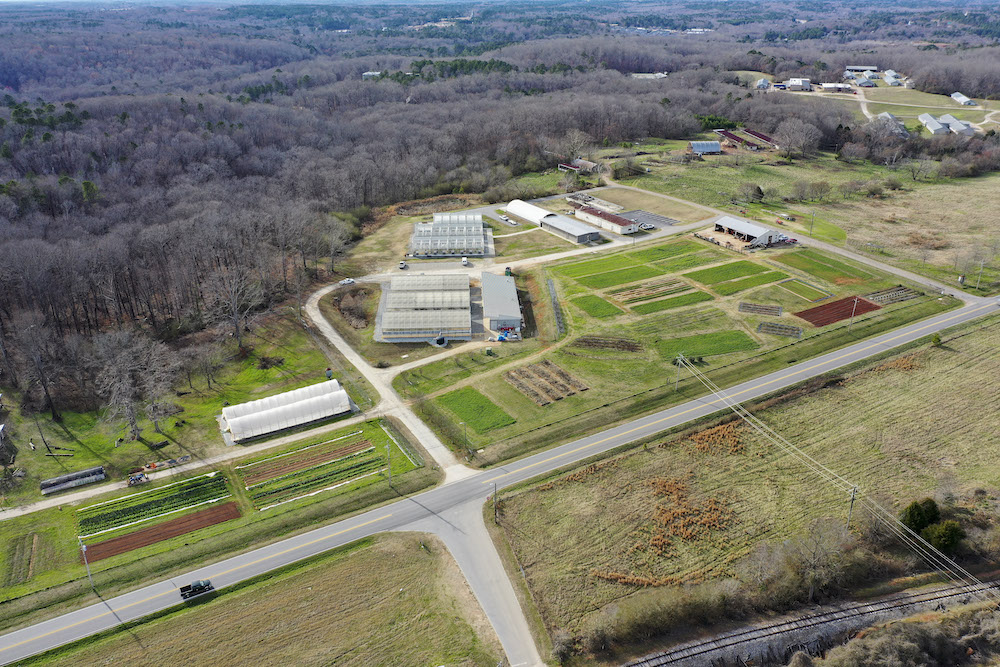
.jpeg)
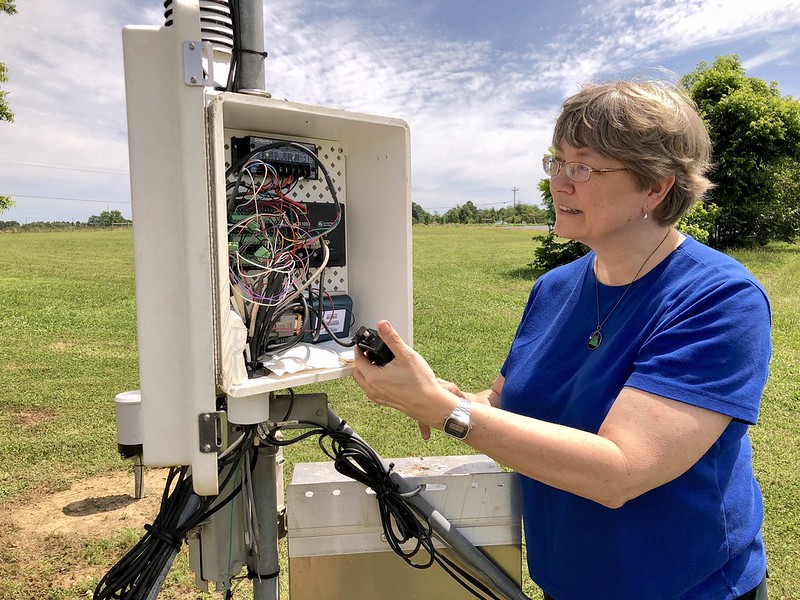
.jpg)
